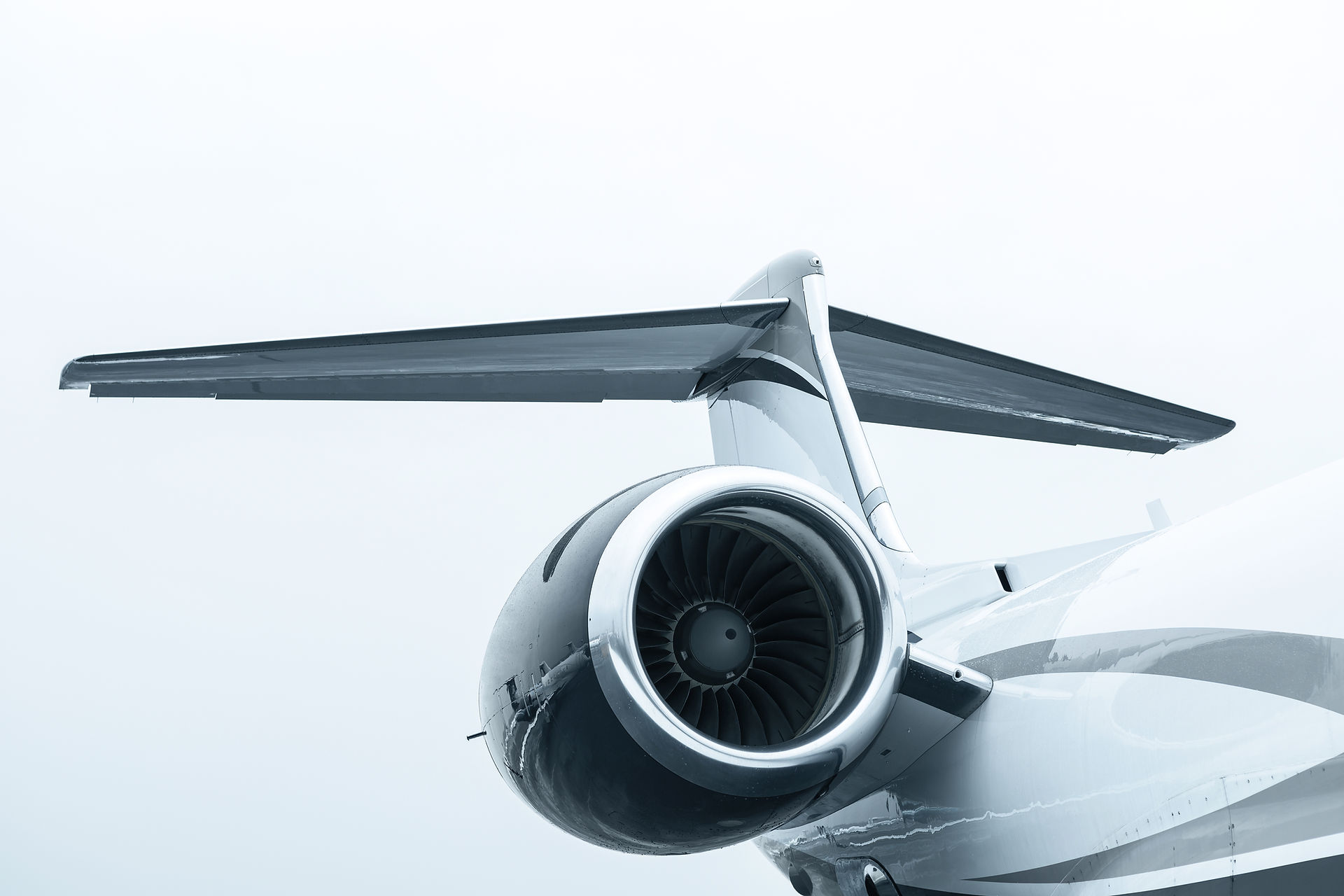

🛩️ Trade Spotlight: Aircraft Mechanics & Service Technicians in the Pacific Northwest
“Keeping the Skies Safe, One Aircraft at a Time.”
From commercial jets to crop dusters, aircraft mechanics are the unsung heroes of aviation.
They make sure every flight takes off safely and every landing ends smoothly.
If you love hands-on work, problem-solving, and precision — this is one of the most respected technical careers out there.
What Do Aircraft Mechanics & Service Technicians Do?
Aircraft mechanics inspect, repair, and maintain aircraft engines, systems, and components to ensure safety and airworthiness.
They work on everything from hydraulic and electrical systems to the engines themselves.
Their work includes:
-
Diagnosing and repairing engine and mechanical issues
-
Inspecting completed work for compliance with FAA regulations
-
Testing aircraft systems using diagnostic tools and computers
-
Replacing or repairing defective components
-
Maintaining service logs and inspection records
Many specialize in areas like avionics, helicopter maintenance, or jet propulsion systems.
Work Environment
Aircraft mechanics and service technicians usually work in hangars or repair shops that are clean, bright, and well-ventilated.
The job blends high-tech troubleshooting with hands-on repair — expect to handle tools, grease, and heavy components.
Work can involve tight spaces, loud environments, and precision tasks that require strong focus and attention to detail.
Safety is everything in this trade. Every bolt, wire, and seal has to be perfect — because lives depend on it.
How to Become an Aircraft Mechanic or Service Technician
Most aircraft technicians complete training through a FAA-approved aviation maintenance program at a technical school or community college.
After training, you’ll need to earn certification from the Federal Aviation Administration (FAA) as an Airframe and Powerplant (A&P) Mechanic.
Training Covers:
-
Aircraft structures and systems
-
Powerplant operation and repair
-
Hydraulics, pneumatics, and avionics
-
Safety and maintenance procedures
This trade requires a mix of technical skill, discipline, and continuous learning — perfect for those who like working with precision.
Pay in the Pacific Northwest (2025)
StateAverage Pay (2025)Range
Washington~$78,000/yr (~$38/hr)$58K – $100K+
Oregon~$72,000/yr (~$35/hr)$55K – $90K+
Idaho~$66,000/yr (~$32/hr)$50K – $80K
💰 Certified aircraft mechanics, especially those with FAA Airframe & Powerplant licenses, often earn higher wages and better job security.
Job Outlook
Aircraft mechanics are in steady demand nationwide and especially across the Pacific Northwest.
Job growth is projected at ~13% (2024–2034) — with even stronger opportunities near regional airports, military bases, and aviation manufacturing hubs.
Key Growth Drivers:
-
Aging aircraft fleets needing maintenance
-
Growing demand for air travel
-
Expanding aerospace manufacturing and private aviation sectors
-
Retirements of experienced technicians
If you’re responsible, detail-driven, and love the idea of keeping aircraft safe and operational, there’s plenty of opportunity here.
Real Talk for the PNW
This isn’t your average “wrench-turning” gig. You’ll need focus, patience, and certification — but the payoff is big.
Mechanics in this field take pride in knowing their work saves lives every single day.
It’s technical, challenging, and perfect for people who want a career that really matters.
Learn More
Start your journey or explore local aviation programs:
-
FAA Airframe & Powerplant Certification Info Here!
-
Portland Community College Aviation Maintenance Program Here!
-
Spokane Community College Aviation Maintenance Technology Here!
-
Idaho State University Aviation Maintenance Technology Here!
-
U.S. Department of Labor: Aircraft Mechanics Overview Here!
💬 Ready to Launch Your Career?
If you’ve got steady hands, sharp focus, and pride in doing things right — aviation maintenance might be your perfect flight path.
This trade blends skill, technology, and purpose like few others.
👉 Learn more about trade careers? Please email us here!



